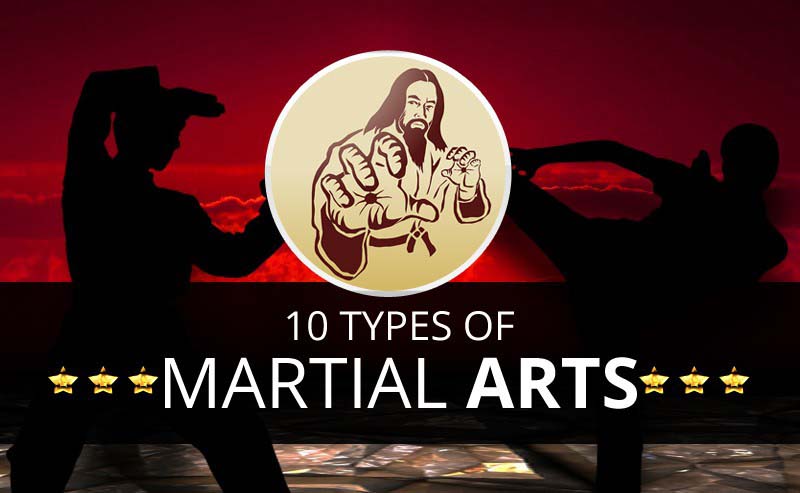Just How Do Conventional Martial Arts Focus On Discipline Contrast To Contemporary Fight Sporting Activities Focus On Competitors? Discover The Vital Differences That Can Shape Your Trip
Just How Do Conventional Martial Arts Focus On Discipline Contrast To Contemporary Fight Sporting Activities Focus On Competitors? Discover The Vital Differences That Can Shape Your Trip
Blog Article
martial arts training in hindi -Thuesen Fink
When you consider martial arts, do you lean more towards the conventional techniques or the modern-day combat sporting activities? Each path provides one-of-a-kind advantages and experiences, formed by their viewpoints and training approaches. Standard martial arts highlight personal growth and technique, while modern combat sporting activities concentrate on competitors and efficiency. Recognizing these differences can lead you in selecting the appropriate technique for your journey. Yet just how do these differences manifest in training and ideology?
The Ideology and History Behind Conventional Martial arts
While many people connect martial arts with physical battle, the viewpoint and history behind standard martial arts run much deeper. You'll find that these disciplines emphasize personal growth, discipline, and respect.
Stemming from old techniques, standard martial arts were commonly established for Self-Defense and spiritual advancement. They embody principles such as balance, harmony, and self-constraint, assisting experts past plain fighting skills.
As you educate, you'll not only learn methods but also get understandings right into the culture and worths that shaped these arts. The routines and traditions, frequently given with generations, foster a sense of community and belonging.
The Competitive Nature of Modern Battle Sports
Modern combat sports have actually transformed the landscape of martial arts into a highly competitive arena, where professional athletes take on in an examination of skill, approach, and endurance.
You'll observe that competitions are typically arranged with rigorous rules and guidelines, guaranteeing fair game and safety. These events draw in huge target markets, sustaining the excitement and strength of matches.
Athletes educate carefully, not just for physical expertise but also for mental toughness, recognizing that every information counts in the ring. find out this here throughout competitions is apparent, as fighters push their limitations to declare victory.
Fans appreciate the athleticism and creativity involved, making modern-day combat sports a thrilling spectacle that continues to evolve and astound fanatics around the globe.
Training Techniques and Techniques: A Relative Evaluation
The affordable environment of contemporary combat sporting activities needs cutting-edge training techniques that differ dramatically from typical martial arts.
In contemporary training, you'll concentrate on details techniques, sparring, and conditioning, often utilizing drills that simulate real battle circumstances. just click the following article 'll see a focus on measurable efficiency and frequent competitors to assess your abilities.
In contrast, typical martial arts prioritize types, katas, and thoughtful teachings, often stressing discipline and regard over competitors.
Training is normally less extreme and may involve recurring practice rather than real-time sparring.
While both strategies construct skill and fitness, modern-day combat sporting activities give an extra dynamic and adaptable training environment, preparing you for instant obstacles in the ring or cage.
Choose the course that straightens with your objectives and interests.
Final thought
In choosing between traditional martial arts and contemporary battle sports, it truly boils down to what you value the majority of. If you're searching for individual development, self-control, and a feeling of community, traditional arts may be your best fit. However if you grow on competitors and real-time obstacles, modern battle sporting activities could be the means to go. Inevitably, both paths use one-of-a-kind advantages, so it's all about aligning your training with your individual objectives and interests.
